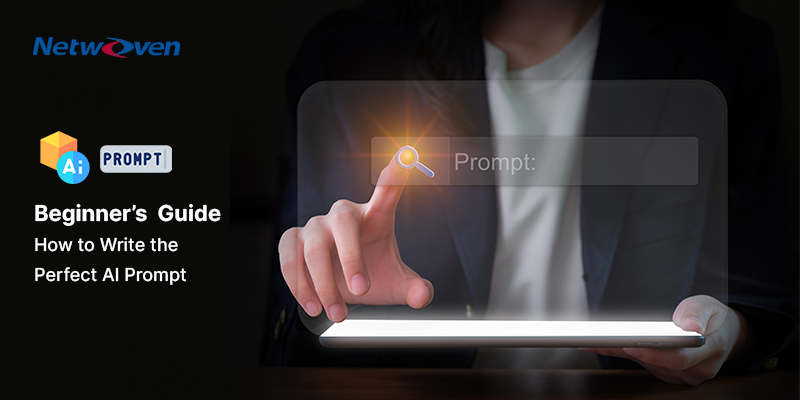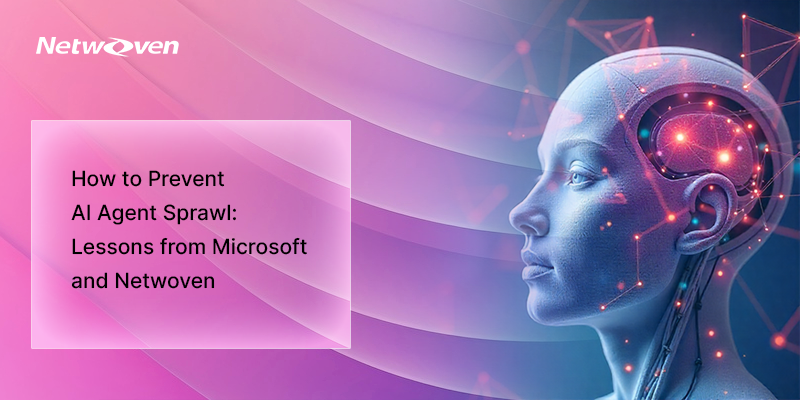Introduction
Let’s learn the simple recipe-Role, Task, Context, and Rules-to get the best results from any AI tools
Talking to AI can feel a bit like meeting a brilliant but brand-new friend-you know they’re smart, but they can’t read your mind. If you just say, “Write something,” you might get an answer that’s nothing like what you imagined. That’s where the magic of prompt writing comes in. A good AI prompt is like a recipe: the right ingredients, in the right order, create something amazing. In this guide, we’ll explore the simple Role, Task, Context, and Rules method so you can give AI clear, creative instructions and get results that match your vision every time.
The Recipe for a Great Prompt
Think of a prompt like a recipe for a delicious cake. Each part plays a crucial role in making the outcome just right.
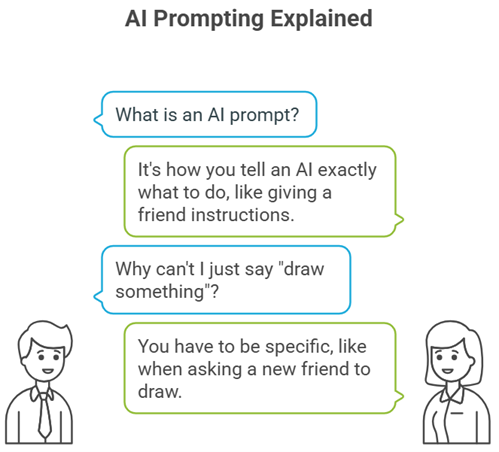
A strong prompt usually includes four main elements:
1. The Role 🎭
This is where you tell the AI who to be or what perspective to take, essentially assigning it a character or identity to adopt. By defining the role clearly, you guide the AI in choosing the right tone, language, level of formality, and style that best fit your request, making its responses feel more aligned with your intended scenario.
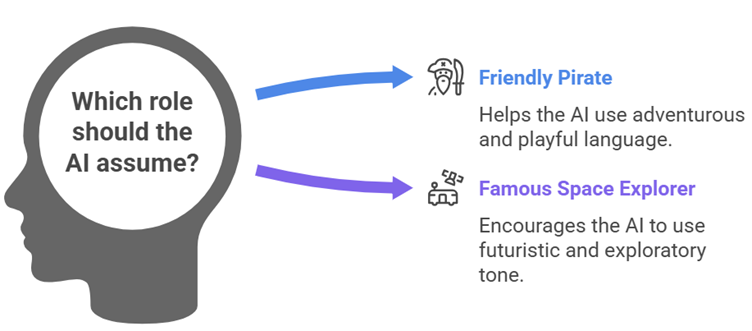
- Example: “Act like you are a wise old owl who knows all about the forest.”
- Example: “Act as a senior marketing consultant with 15 years of experience in digital campaigns, providing strategic advice for a mid-sized ecommerce company looking to expand its customer base.”
2. The Task 🎯
This is the heart of your request-the main job or objective you want the AI to accomplish. It should clearly state the action, deliverable, or solution you expect, leaving no ambiguity. Being specific and direct here ensures the AI understands the end goal and produces results that align closely with your needs.
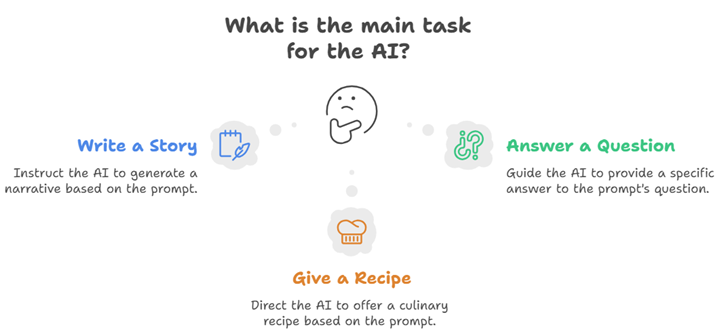
- Example: “Tell me a story about how the sun got its light.”
- Example: “Draft a concise, persuasive email pitch to a potential corporate client explaining the benefits of adopting our cloud-based project management software, highlighting cost savings and productivity gains.”
3. The Context 🖼️
Context gives the AI the background details, situational information, and specific conditions it needs to perform the task effectively. This could include names, settings, scenarios, timelines, prior events, or any constraints that would help the AI deliver a result that is accurate, relevant, and tailored to the intended audience or purpose.

- Example: “In the story, the sun’s light was stolen by a mischievous squirrel named Squeaky, who lives in a giant oak tree.”
- Example: “For a market research summary, assume the company operates in the renewable energy sector, has recently launched a new solar panel product, and targets small to mid-sized businesses in urban areas.”
4. The Rules 📜
Rules are specific guidelines you give an AI to control how it responds. Think of them as special instructions that shape the AI’s output beyond just the content itself. They can be used to set parameters for things like the format (e.g., “respond in a bulleted list”), the length (e.g., “keep the response under 100 words”), the tone (e.g., “use a professional and polite tone”), or the style (e.g., “write the response in the style of a newspaper article”). By using rules, you can make an AI’s response more predictable and tailored to your specific needs.
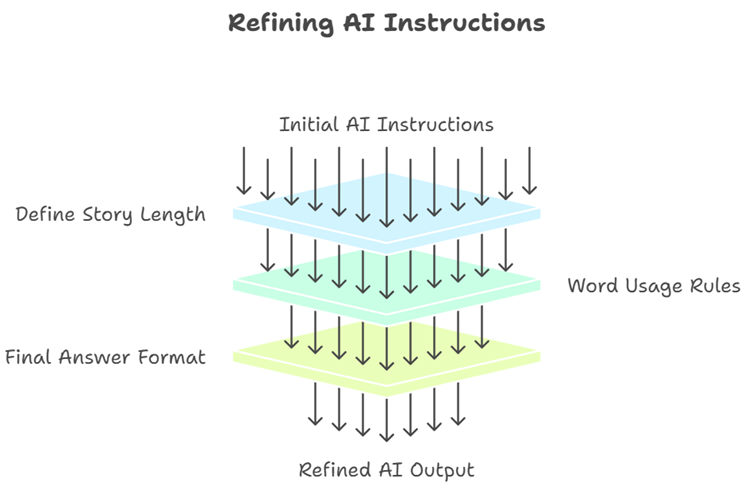
- Example: “Make the story only five sentences long. Make sure it has a happy ending.”
- Example: “Limit the executive summary to 200 words, ensure it is written in a formal business tone, and conclude with three actionable recommendations for the client.”
Putting It All Together
To get better output instead of just saying, “Write a story,” you could say:
“You are a wise old owl who knows all about the forest. Tell me a story about how the sun got its light, which was stolen by a mischievous squirrel named Squeaky, who lives in a giant oak tree. Make the story only five sentences long and give it a happy ending.”
Another example could be: “Act as a senior marketing consultant with 15 years of experience in digital campaigns, advising a mid-sized ecommerce company aiming to increase its international market share. Prepare a detailed, persuasive proposal outlining a three-month digital marketing strategy, including projected ROI and cost breakdown. The company recently launched a sustainable clothing line targeting eco-conscious millennials in North America and Europe, with a limited budget for influencer partnerships. Use a formal business tone, limit the proposal to five pages, include data visualizations where relevant, and conclude with a summary table of recommendations.”
See the difference? By defining the role, task, context, and rules, you give the AI a clear roadmap, increasing the chances of getting exactly what you want.

Ebook: A Guide to Unlocking Productivity with Generative AI in the Workplace
This eBook, brought to you by Netwoven, a global leader in Microsoft consulting services, explores into the exciting potential of AI at your workplace within the familiar Microsoft 365 suite.
Get the eBookExplore our AppSource offer on discovering the business value of Copilot.
Conclusion
Great AI results don’t happen by accident-they’re the result of clear, thoughtful prompts. By following the Role, Task, Context, and Rules framework, you’re giving the AI a complete guide to follow. The best way to improve is to experiment: write a few prompts today, tweak them, and watch how the results change. With practice, you’ll be speaking the AI’s language fluently-and getting exactly the output you imagined.

